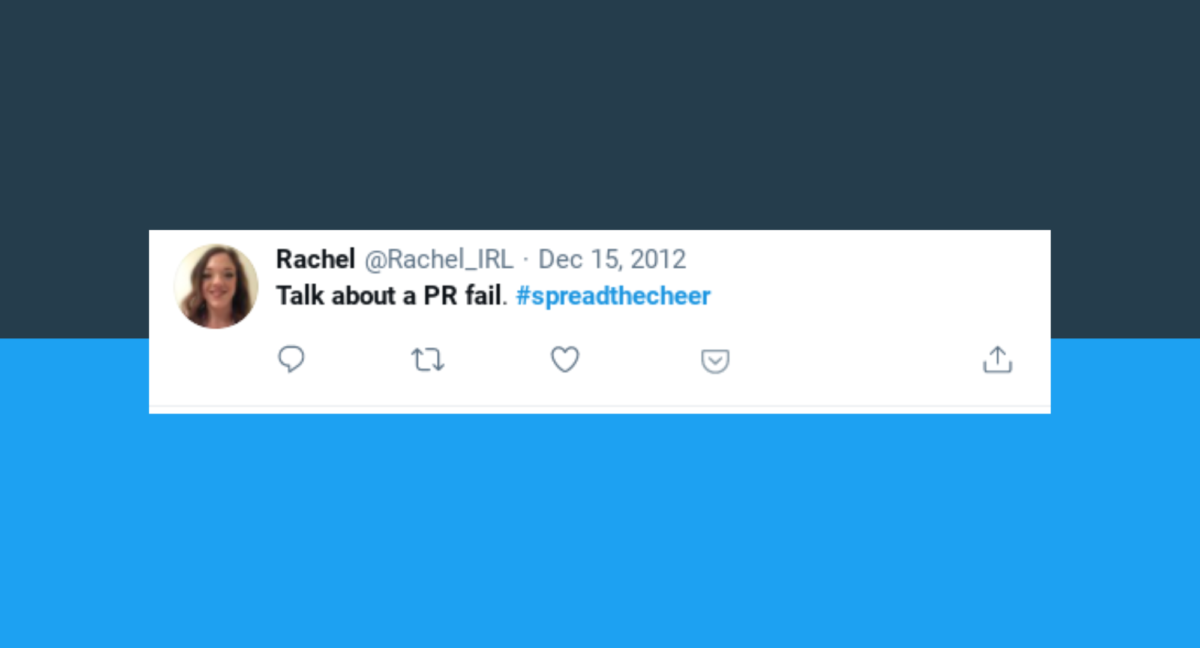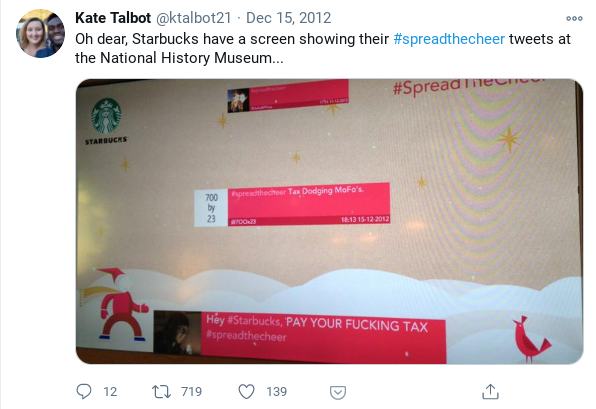As I try to do at the end of every year, I’m taking some time to reflect this week.
There’s a lot to reflect on.
Whatever you thought you would be working on in 2020, the universe had a different path charted. In addition to the economic and physical suffering caused by the coronavirus, this year has been an example of large-scale systems breakdowns, and one of the things I’m interested in is the particular ways in which people have adapted to them.
One of the most powerful ways to adapt to changing conditions is by setting goals.
If you listened to the podcast this week, you heard me talk about how to balance focus with the desire to set ambitious goals.
I work with a number of clients (both individuals and teams) on this. I teach that there are three pillars of goal setting: feelings, focus and control, and reflection.
Have a listen to the episode for more details, but, in the meantime, I wanted to share a little more about the power of reflection, the third pillar of goal setting.
I don’t see goals as static. Things change—in the external environment, in what I’m working on, and in the market. (The goals I started 2020 with stopped being relevant pretty quickly.) As things change, you can change your goals.
Beyond updating the content of your goals, you can also look at your process, examining what’s working (and what’s not).
For my team and me, one thing that wasn’t working this year was the breadth of the goals we were going after.
One of my superpowers is that I’m voracious. I move fast, and my brain often arrives at fully formed ideas—for things like marketing plans and products.
But my voraciousness can also limit me. It’s hard to do everything at once. What I realized is that my set of ambitious “everything” goals ended up distracting my team and slowing us down. So, I’m making changes to keep the superpower while mitigating the challenges it causes.
Everyone’s challenges are unique. But when you reflect on what went well and what you want to try, you can improve your process, an effort whose benefits will compound.
Thanks for being part of 2020 with me.
P.S. I’ve put together some resources around goal setting that are specific to attorneys.
If you’re an attorney—or if you know one that might be interested—head over here for my free workbook on why understanding your feelings can help you achieve ambitious goals.
* * *
Want to get these articles in your inbox? Subscribe here to join the conversation and download a sample from Meltdown.







 News of the ongoing fiasco spread quickly over Twitter and encouraged even more people to get involved. “Turns out a Starbucks in London is displaying on a screen any tweet with the #spreadthecheer hashtag,” one man tweeted. “Oh this will be fun.”
News of the ongoing fiasco spread quickly over Twitter and encouraged even more people to get involved. “Turns out a Starbucks in London is displaying on a screen any tweet with the #spreadthecheer hashtag,” one man tweeted. “Oh this will be fun.”


 Starbucks found itself in
Starbucks found itself in 

